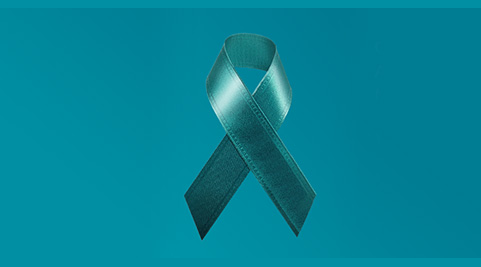February is REDFEB, heart awareness month which, as well as encouraging people to wear red and donate, sees Heart Research Australia promoting new resources that highlight the differences in heart disease symptoms, prevention and management for men and women.
The resources highlight:
- Heart disease is one of the biggest killers of women in Australia
- Four out of five Australian women do not realise heart disease is a leading cause of death
- Heart attack warning signs can differ between women and men
- Physicians are more likely to underestimate heart disease risk in women
- Menopause reduces women’s natural protection against heart disease
Heart disease is Australia’s single biggest cause of death, killing an Australian every 30 minutes.
While more men die from heart disease than women, it is still one of the leading causes of death in Australian women. Moreover, aspects of its prevention, treatment and management are unique to women.
The Chief Executive Office of Heart Research Australia, Nicci Dent, said despite heart disease being a leading cause of death in women, only one in five Australian women were aware of this fact.
“This highlights a huge gap in understanding and the need to raise awareness about the different symptoms and risks for women. Many women dismiss early warning signs because they think heart disease mainly affects older men.”
Cardiologist Dr Ashleigh Dind said: “Many of the symptoms women experience may not be recognised as heart disease, thus increasing the likelihood of a missed diagnosis.
“Although men suffering from a heart attack typically describe chest pain or discomfort, women are more likely to have non-chest pain symptoms such as shortness of breath, weakness, fatigue and indigestion, and frequently with worse consequences.”
Physicians are also more likely to underestimate heart disease risk in women and this can influence their diagnosis and treatment. Research finds that younger women aged under 55 with acute coronary syndrome (heart attacks and/or angina) are more likely to be misdiagnosed and discharged from emergency departments than men.


